Xiaomi Mi 9 Review
UPDATE: You can now read our Xiaomi Mi 10 Pro Review!

Review index
Design | Display | Interface and Functionality | Processor, Performance and Memory | Camera | Sound Quality | Call quality | Battery life | ConclusionThe Xiaomi Mi 9 is the company’s first phone with the latest Snapdragon 855 and it’s ready to go head to head with the big-name flagships of 2019. Xiaomi is upping the ante in almost every aspect, but it still had to make compromises to keep the price lucratively low. So what is the final result? Time to find out!
Design
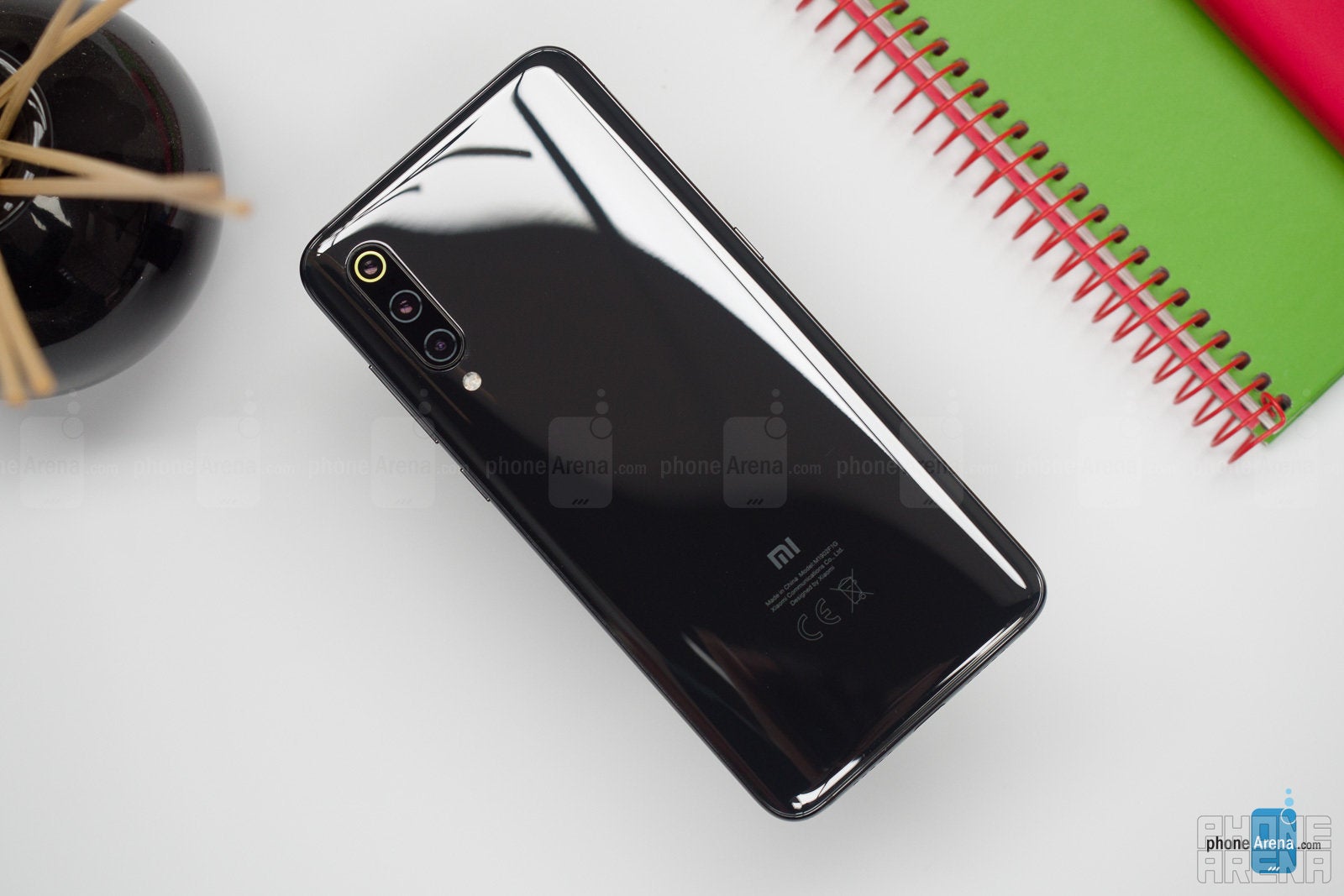
On the back, you get what Xiaomi calls “holographic glass design”. What that means is basically “fancy reflective back.” It does look nice, but the downside is that you’ll see every small smudge, fingerprint, and whatever else left its mark on the back, which kind of ruins the nice impression. It’s not as slippery as some other glass-back phones, but you’d definitely want to handle it carefully.
The build quality of the Mi 9 is very solid, as the phone feels and looks just as nice as any other premium smartphone. There’s little more Xiaomi could have done in regards to design.
Display

The notch isn’t a problem either. Because of the taller aspect ratio, it does not cover any content whether you're watching videos or playing games, unless you force a YouTube video to fill the entire screen.
Interface and Functionality
Xiaomi’s software has one major problem that's present on the Mi 9 as well: notification inconsistency, it's been a weakness since MIUI 10 came around. Regardless of your settings, notifications from some apps appear on the lock screen, while those from others don't. There might be no indication at all you received one. Until you unlock the phone and pull down the quick toggle menu, you have no idea exactly what notifications you have. That's not only annoying, but can cause you to miss critical reminders.
While using the phone, notifications are hard to keep a track of as well. Icons on the status bar hide after a few seconds and we couldn’t find a way to stop that from happening. After a while you do get used to pulling down the menu to check if there’s anything new, we’d rather not have to do that.
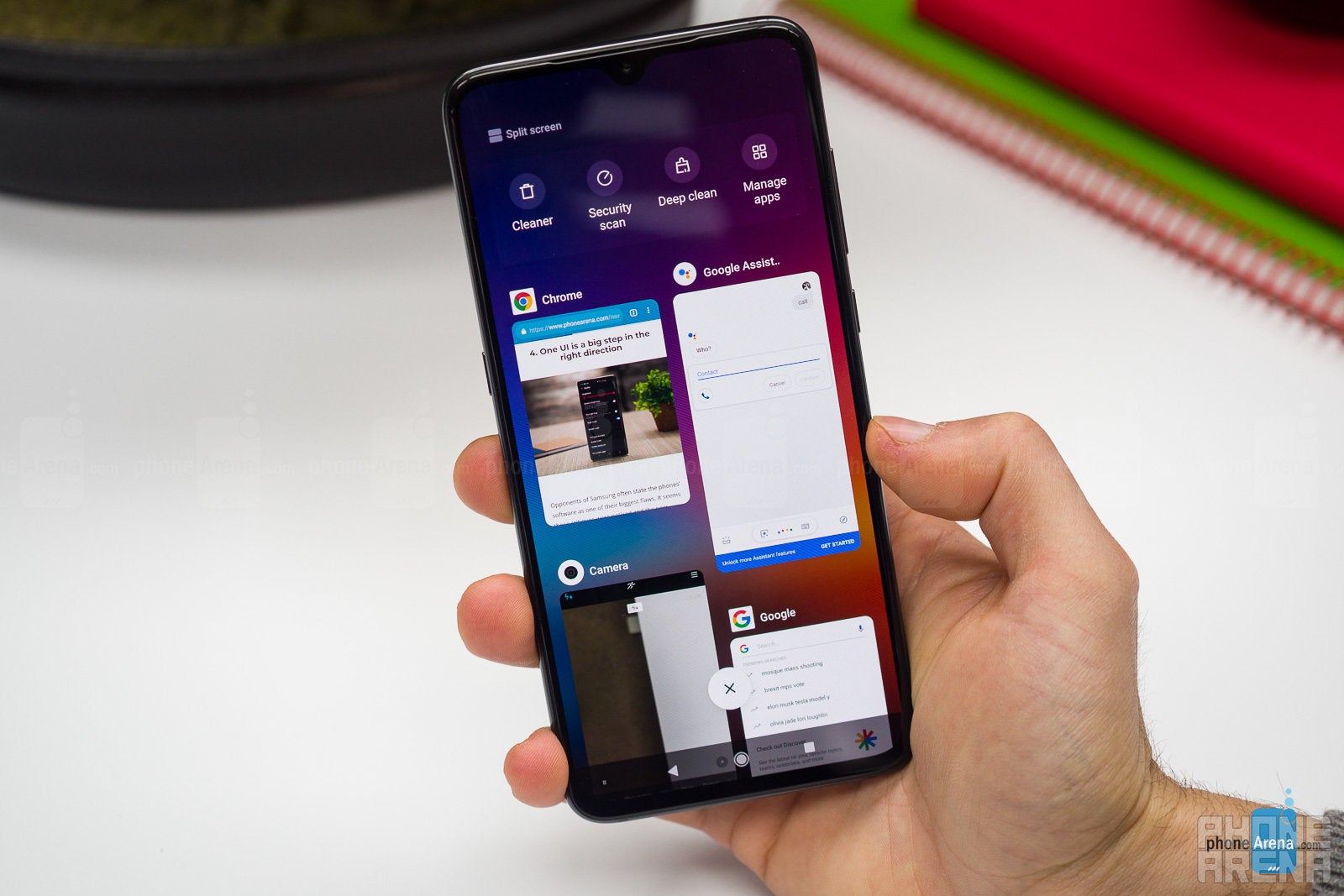
Overall, our experience with MIUI wasn’t bad. It’s just slightly different, and as with everything, it takes some time to get used to.
When it comes to functionality, there are two notable hardware features on the Mi 9. The first one is the in-display fingerprint reader. Unlike the Galaxy S10, Xiaomi’s flagship uses an optical sensor similar to those on the Huawei Mate 20 Pro and the OnePlus 6T. As expected, it’s not as good as a regular one (or the ultrasonic one on the S10) but it’s not too bad either. Sure, it won’t read properly if your finger is wet or dirty and occasionally you do have to tap twice. However, once you get used to the way it works, you get a lot fewer bad reads and it almost never annoys you (almost). One of the best things about it is the location. It’s exactly where your thumb would naturally rest when you hold the phone.
There’s no face unlock feature on the Mi 9, which is a bummer. We’d like to have one for convenience’s sake even if it’s not as secure as a fingerprint.
A feature worth mentioning is the dedicated Google Assistant button. Xiaomi calls it the AI button, but one of its functions is always to activate GA so we might as well call it what it is. You can, however, choose other functions for a double press, but the choice is limited to what Xiaomi deemed suitable: opening one of the cameras, turning on the flashlight, returning to the previous app and a couple more. There's no option for launching an app of your choice. The button allows you to quickly launch Google Assistant even without unlocking your phone, which does add some convenience, but the button itself tends to get in the way, so accidental presses are not uncommon.
Processor, performance and memory
As we mentioned at the beginning, the Mi 9 has the Snapdragon 855 on board, and you can’t get anything better on Android right now. When it comes to everyday use, we have no complaints. Apps open and switch quickly, swiping is smooth and everything is very responsive. Of course, that might change over time, but our experience in terms of performance was nothing but positive.
When it comes to heavy 3D games, the Snapdragon 855 handled PUBG on high settings without much effort. Even after prolonged gaming, the device was just a bit warm and with lighter games, we didn’t notice any temperature rise at all.
The 6GB of RAM on the base variant should be enough for most users. We didn’t notice any reloading of recent apps during our time with the Mi 9. Base storage could have been more, however. 64GB on a flagship phone, affordable or not, shouldn’t be a thing in 2019.
Camera
The camera department is where Xiaomi made some changes that might have not been for the best. The new Sony 48MP sensor has replaced the 12MP on the Mi 8. And while that’s an huge bump in megapixels, the new camera comes without optical image stabilization. OIS is super useful when recording videos and taking pictures in low light to compensate for your hands’ movement. Coincidentally (or not), the 48MP sensor aims to compensate for the lack of OIS. For Night Mode, Xiaomi combines four pixels into one to reduce image noise and improve light capture.
Overall, we’re satisfied with the Night Mode of Xiaomi’s camera. It’s no Google Night Sight and won’t take impressive pictures in almost complete darkness, but when there is a source of light close by, the images are definitely worth a share on social media. Shooting without Night Mode and with limited light, however, will result in dark and often blurry images.
Portrait mode works nicely on both the main camera and the selfie one so your bokeh game will be on point! Speaking of selfies, the 20MP front-facing camera on the Mi 9 does a great job in that department. Of course, it might struggle a bit in low light, but that’s normal.


Sound quality
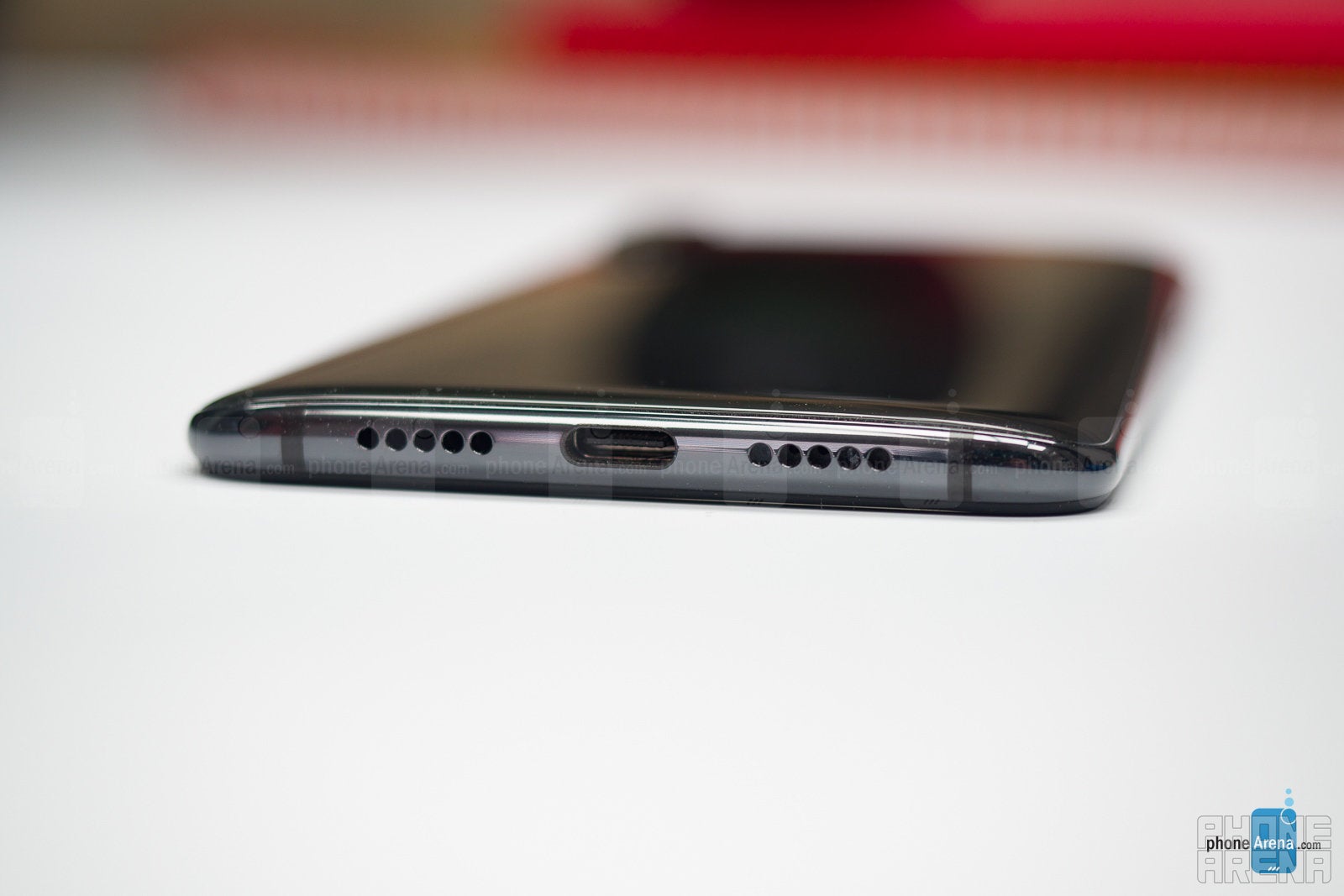
Call quality
Call quality is good but there are a couple of quirks here as well, likely due to the speaker’s position between the display and the frame of the phone. The first one is that when you hold the phone during a call, you feel the back slightly vibrating as if there’s a speaker underneath it. The other is that if you want to hear the other person a bit louder, you have to hold the phone at a slight angle so that the speaker is pointing more towards your ear.
Battery life
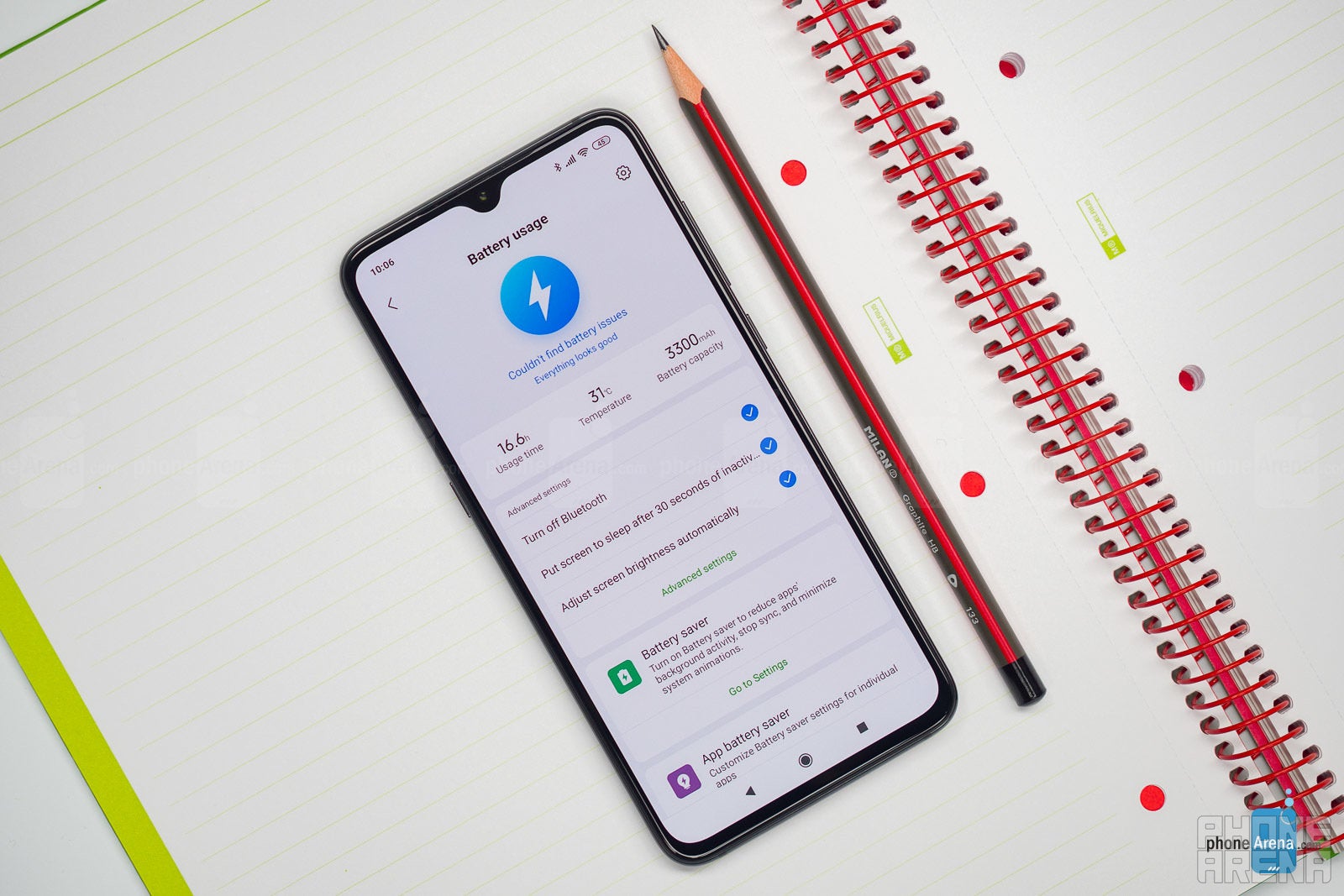
Conclusion
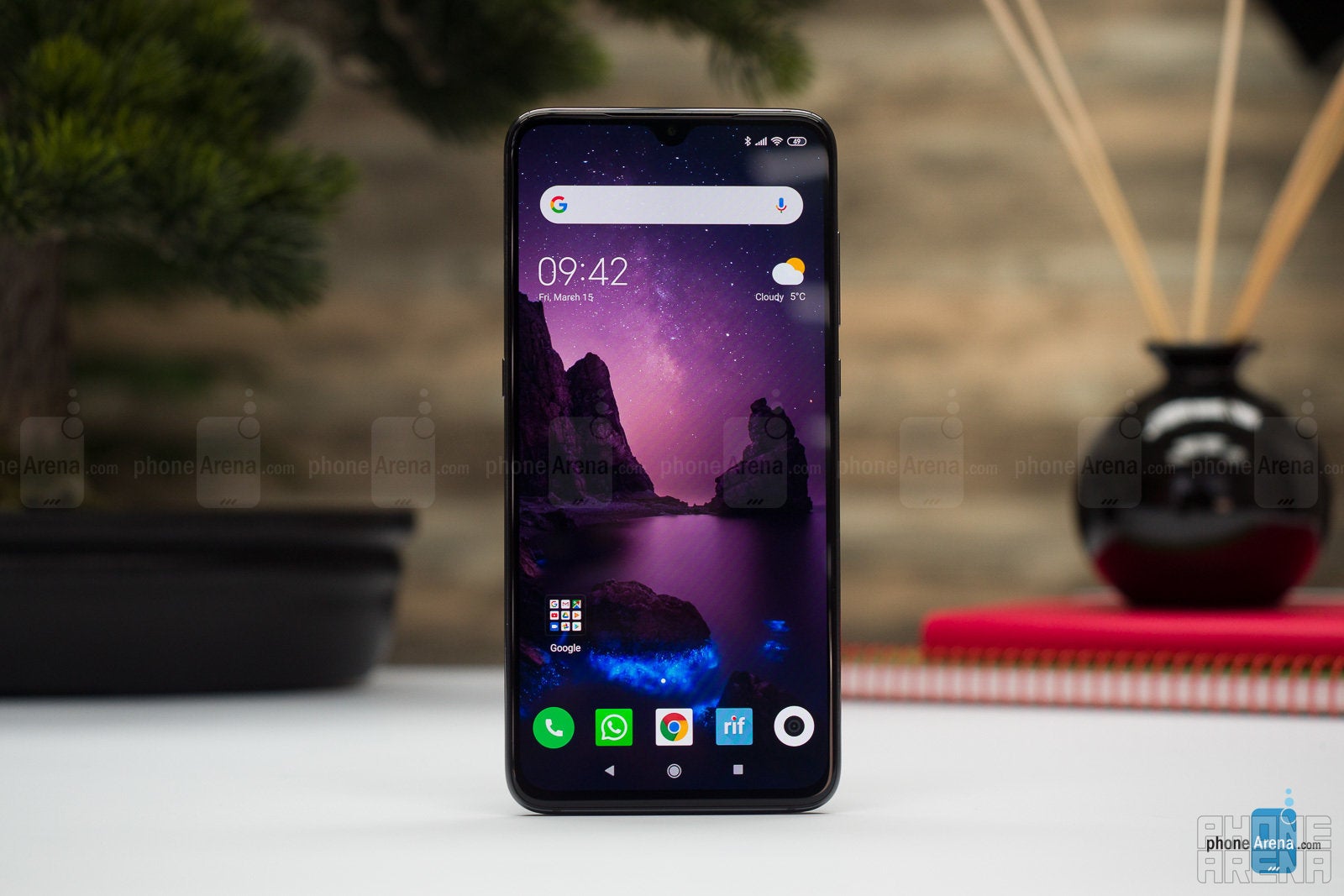
UPDATE: You can now read our Xiaomi Mi 10 Pro Review!
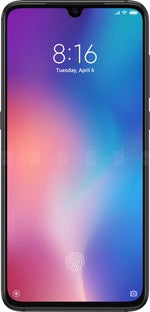
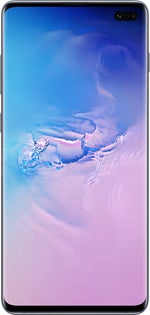
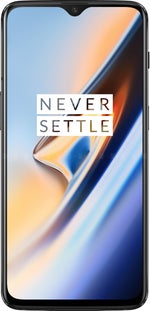


























Things that are NOT allowed: